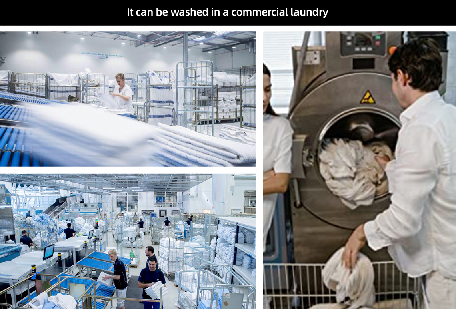Thread count is no longer a reliable indicator of fabric quality. High thread count is simply a numbers game: many firms cheat the figures by using double twist yarns in the less expensive fabric. However, if you want a soft, warm bed, a superb elastic jersey sheet can be your cup of tea.
...
2025-08-16 17:33
2482
